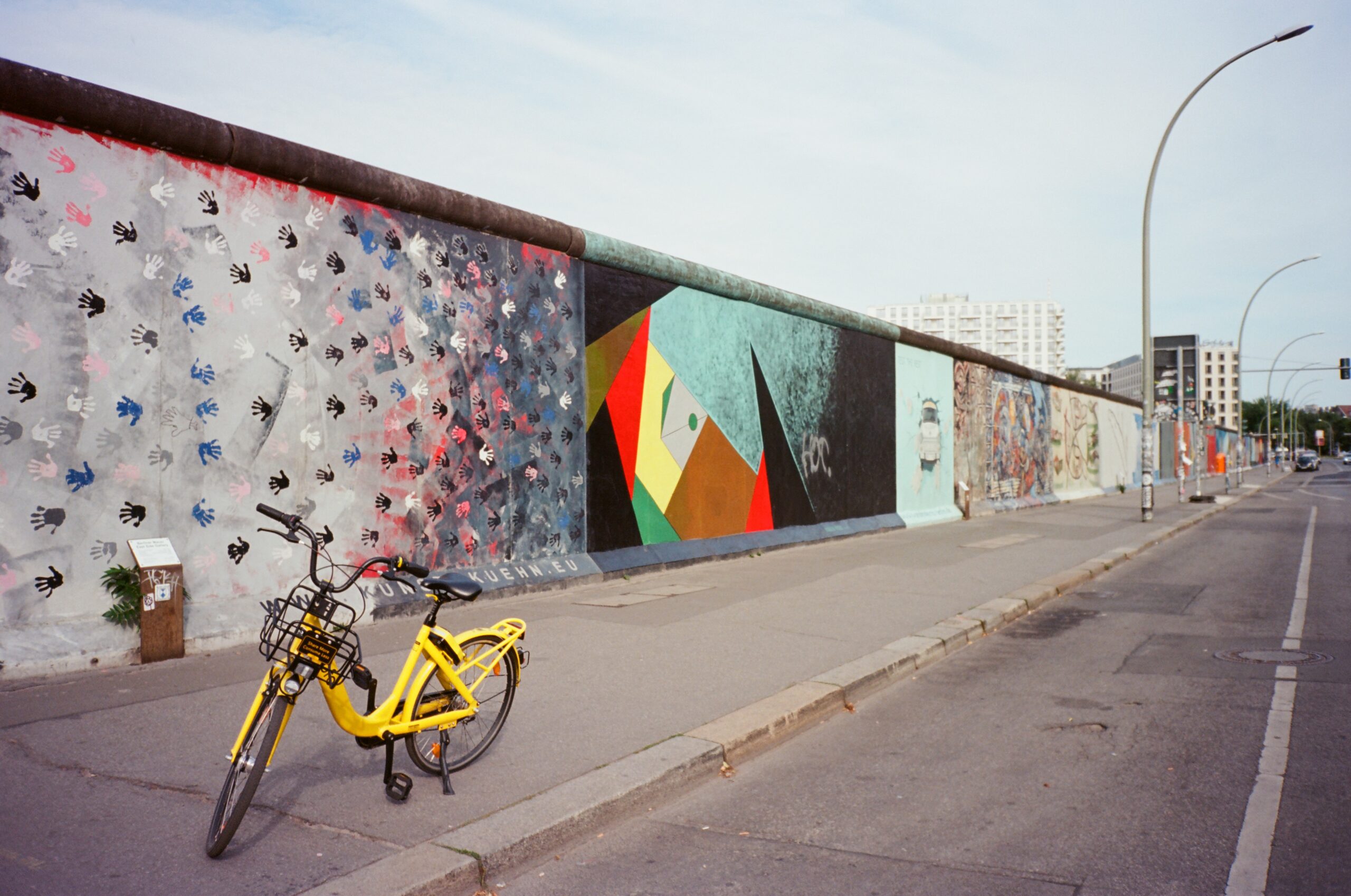Introduction
Imagine a city split in two, not by choice but by concrete walls, barbed wire, and armed guards. This was the reality of Berlin for nearly three decades. In this blog, we’ll delve into the remarkable history of the Berlin Wall, its construction, and the momentous events that led to its fall in 1989. Get ready to uncover the story of a divided city that eventually found its way back to unity.

The Wall Rises
The Birth of Division
It all began on August 13, 1961. Overnight, East German authorities erected a barrier that physically separated East and West Berlin. The stated reason was to stop the “fascist infiltration,” but the real motive was to prevent East Germans from defecting to the West. Families were torn apart, and a city that had been one was suddenly divided.
The Wall Takes Shape
What started as a simple barbed-wire fence evolved into a massive concrete wall, complete with guard towers and a no man’s land. It cut through neighborhoods, streets, and even subway lines. The wall was a chilling symbol of the Cold War’s ideological and political divide.

Life in the Shadow of the Wall
Everyday Struggles
Living near the Wall was a daily reminder of the separation. Families could see each other from a distance but couldn’t touch. West Berliners would sometimes toss small gifts over the Wall to their Eastern counterparts, and daring escapes were attempted, often with tragic consequences.
Checkpoint Charlie
One of the most iconic border crossings was Checkpoint Charlie, a place where tension was palpable. It was the site of a standoff between American and Soviet tanks in 1961. Visiting Checkpoint Charlie today, it’s hard to believe how different it was during the Wall’s existence.

The Fall of the Wall
Gorbachev’s Winds of Change
As the 1980s progressed, winds of change swept through the Eastern Bloc. Soviet leader Mikhail Gorbachev’s policies of glasnost (openness) and perestroika (restructuring) had a ripple effect. Protests and calls for reform grew stronger in East Germany, leading to the opening of borders with other Eastern Bloc countries.
The Night of Freedom
On November 9, 1989, the East German government, overwhelmed by peaceful protests and the desire for freedom, announced that citizens could cross into West Germany. Throngs of people gathered at the Wall, and as the night unfolded, the unthinkable happened – the Wall was breached. Joyous East and West Berliners celebrated their reunion with tears, hugs, and shared hopes for a brighter future.

The Aftermath
Reunification
The fall of the Wall was a watershed moment. Germany reunified on October 3, 1990, and Berlin was once again a single city. The Wall, once a symbol of division, became a symbol of hope, reconciliation, and the triumph of the human spirit.
Conclusion
The Berlin Wall’s history is a testament to the resilience of the human spirit and the yearning for freedom. It stood as a stark reminder of the Cold War’s divisions but ultimately crumbled under the weight of people’s desire for unity. Today, pieces of the Wall serve as poignant reminders of the past, urging us to remember and cherish the hard-won freedom and unity of Berlin and the world.
Contact us
Check our Shockiry on Upwork
at www.upwork.com/ag/shockiry/
Check out Shockiry Portfolio
![]()

